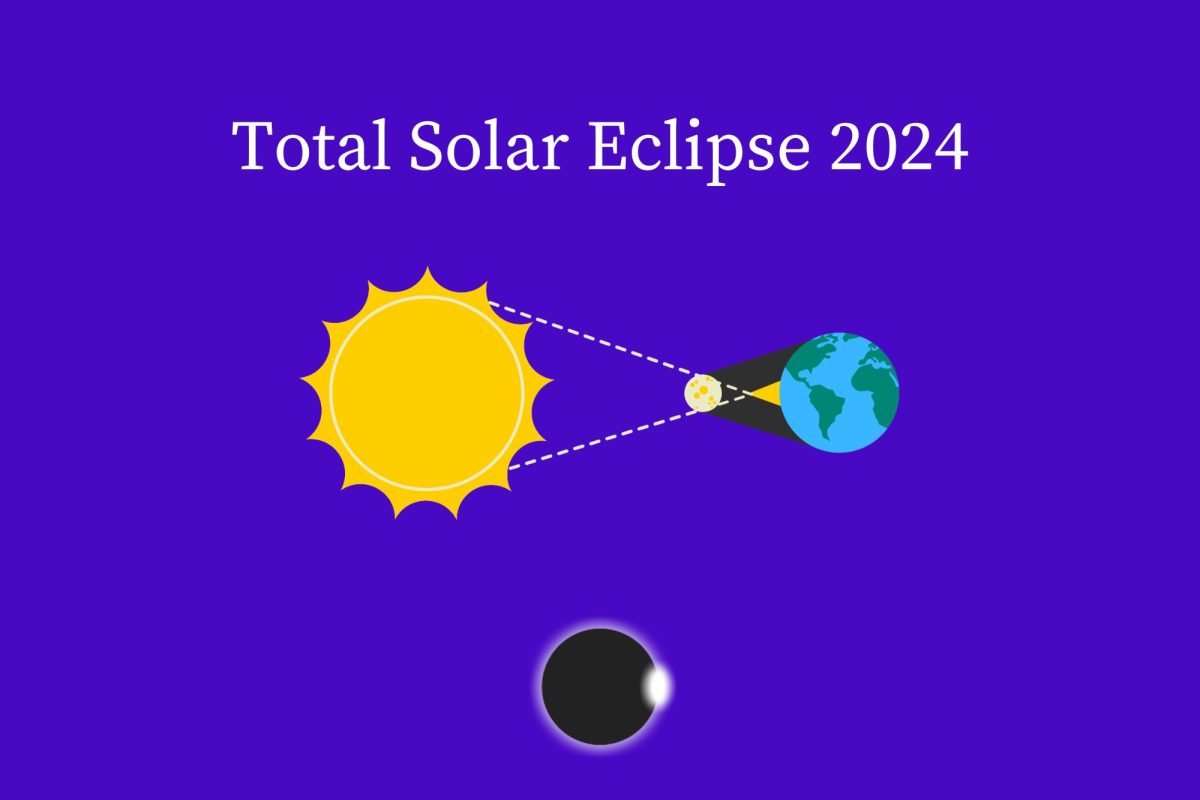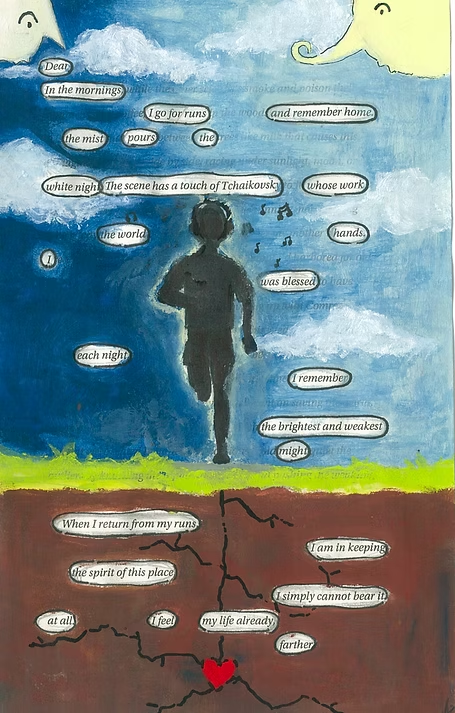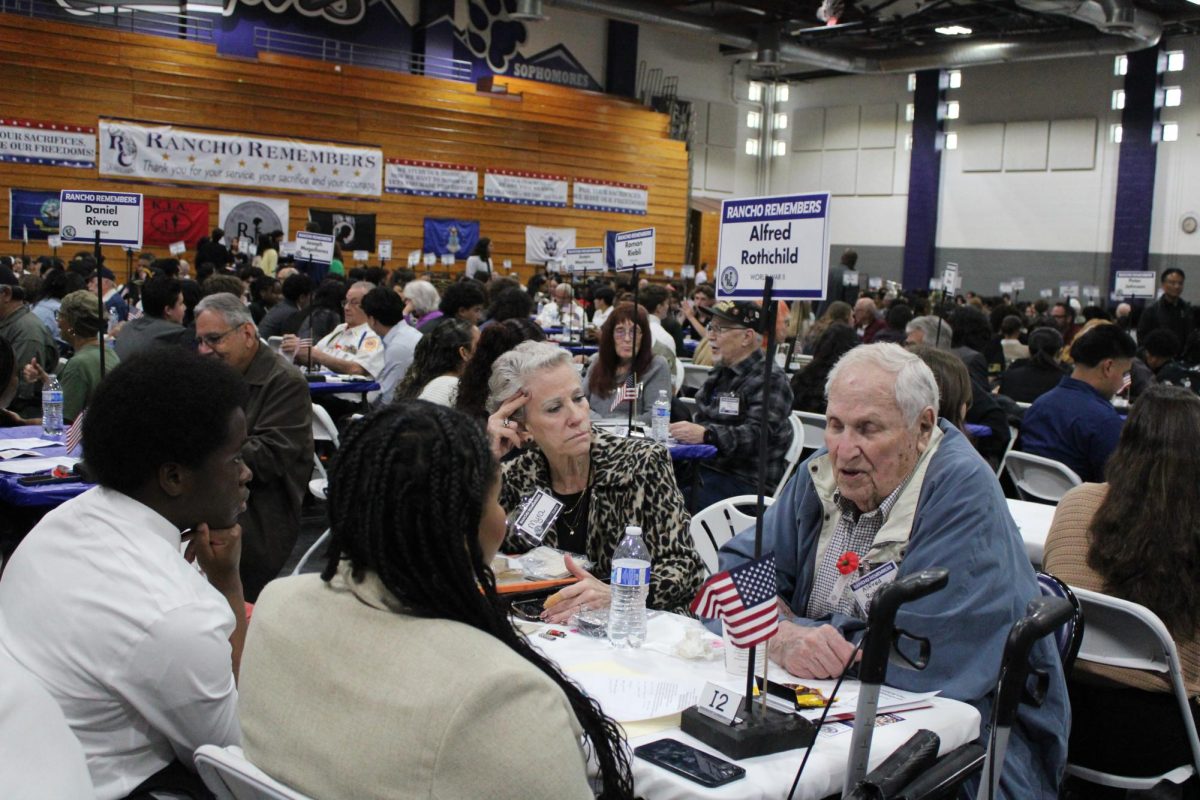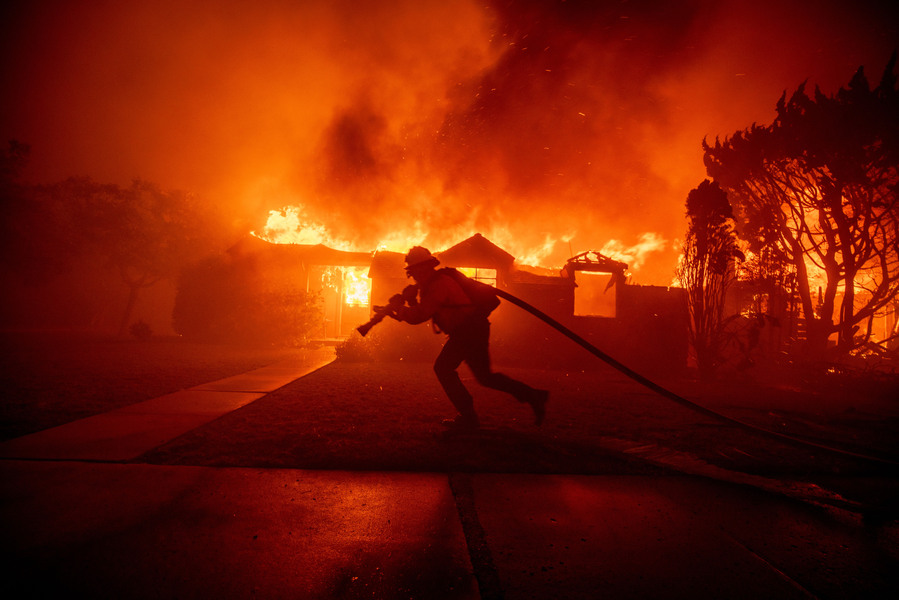The first solar eclipse of 2024 is coming up! It will be on Monday, April 8. If you are unfamiliar, the solar eclipse happens when the Moon passes between the Sun and Earth. It will cast a shadow down on Earth that either fully or partially blocks the Sun’s light in some areas. Essentially, the Moon blocks the light of the Sun from reaching Earth. But, this only happens occasionally, because the Moon doesn’t orbit in the exact same plane as the Sun and Earth do.
This solar eclipse in particular is a total solar eclipse. A total solar eclipse happens when the Moon passes between the Sun and Earth, completely blocking the face of the Sun. Those located at the center of the Moon’s shadow when it hits Earth will experience the total eclipse at its peak. The sky will darken, as if it were dawn or dusk.
The last time we have had an eclipse like this one was Monday, Aug. 21, 2017, and the next time we will have one after this is 2045! These eclipses are so rare that we only see one once every 275 years!
There are many areas where one can watch the eclipse take place. Dallas, Texas, and Cleveland, Ohio are among the best locations to be able to watch the upcoming solar eclipse. It will cross over North America, passing over Mexico, the United States, and Canada.
Although seeing this eclipse is very exciting to some since it is rare, there are precautions that should be taken. Safety is the number one priority when viewing a total solar eclipse. Be sure to wear specialized eye protection designed for solar viewing. Viewing any part of the Sun through a camera lens, binoculars, or a telescope without a special-purpose solar filter secured over the front of the optics will instantly cause severe eye injury.
Regular sun-glasses are not an option for protection. You will need eclipse glasses because no matter how dark or bright it is, the eclipse will damage eyesight. Viewers should not look at the Sun through a camera lens, telescope, binoculars, or any other optical device while wearing eclipse glasses or using a handheld solar viewer. This is because the concentrated solar rays will burn through the filter and cause serious eye injury.
NASA recommends everyone to wear sunscreen, a hat, and protective clothing to prevent skin damage during the eclipse. This is also recommended during the partial phases of the total eclipse.
Rancho Cucamonga High School senior James Hamilton recalls the last solar eclipse he has seen.
“I remember the eclipse that happened in middle school,” Hamilton said. “We went outside and poked tiny holes through paper to see the crescent of the eclipse.”
Hamilton is referring to a pinhole box/projector that is commonly used to see an image and shadow of the eclipse. The Bellingham Public Library says to “make a quick version of the pinhole projector, take a sheet of paper and make a tiny hole in the middle of it using a pin or thumbtack. Make sure that the hole is round and smooth. 2. With your back towards the Sun, hold one piece of paper above your shoulder allowing the Sun to shine on the paper.”
This is a way for teachers to let their students see the solar eclipse when they can’t provide eclipse glasses.
But the eclipse is during this year’s junior’s State Testing. RCHS will be in block schedule, having periods one through three for two days and fourth through sixth the next two days. Students are hoping to see the eclipse regardless of the schedule.
“I hope I can see this upcoming solar eclipse since I heard that it’s rare,” Hamilton said. “I know it is during school but maybe my teacher will let us outside.”
Make sure to get a chance to see this year’s total solar eclipse. The next one is 21 years away!








